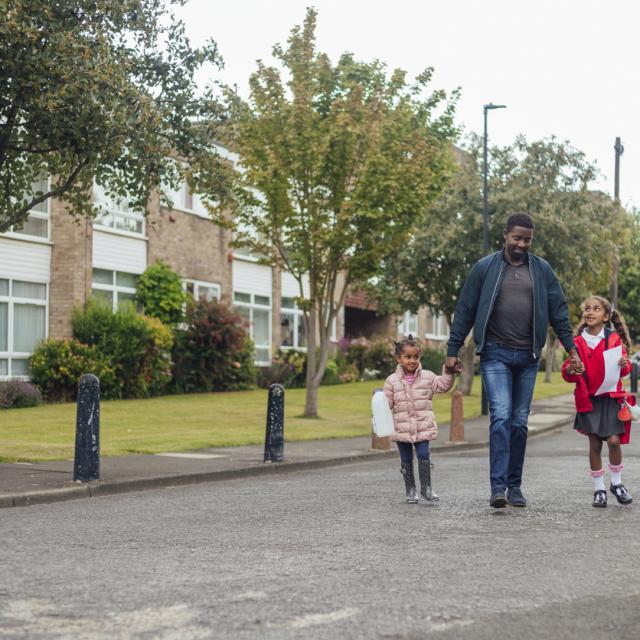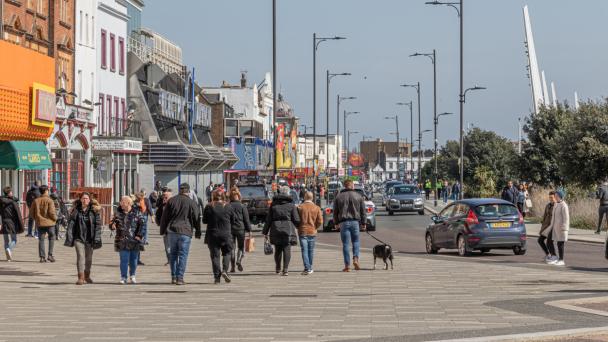Powering the future: Public attitudes towards green energy infrastructure in Britain


Three case study areas with low traffic neighbourhoods were selected and people who live or work in the area were invited to take part in online deliberative workshops.
Participants across the three area workshops made the following recommendations for future LTN implementation:
Kate Belcher, Ceri Davies, Ella Guscott, Eliska Holland, Joshua Vey (NatCen)
Rachael Owen




Receive a regular update, sent directly to your inbox, with a summary of our current events, research, blogs and comment.
Subscribe